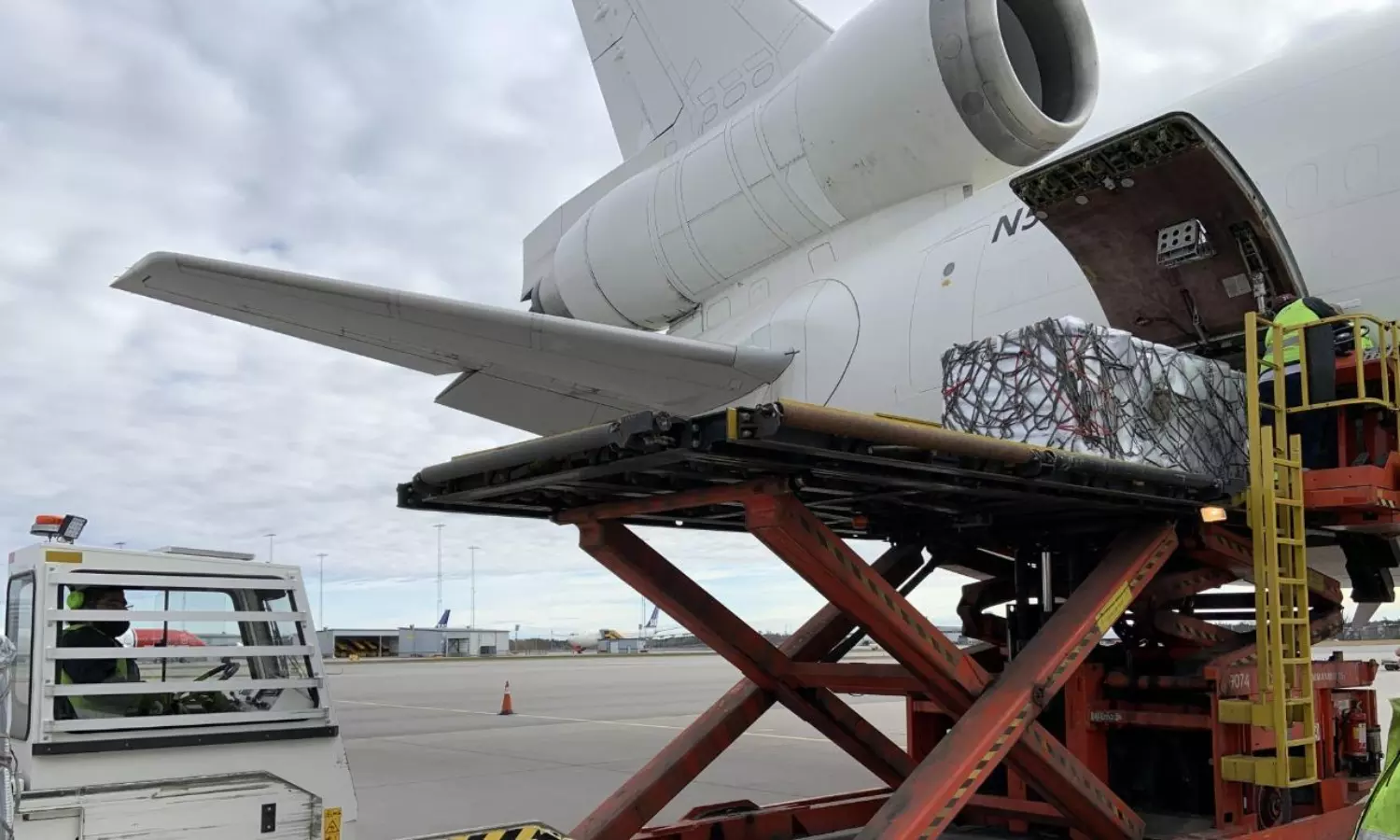Omicron, conflict push cargo demand lower in April: IATA
African airlines saw cargo volumes decline over 6% in April, capacity was 1.5% below April 2021 levels.

Global air cargo demand, measured in cargo tonne-kilometres (CTKs), declined 11.2 percent in April compared to April 2021 (-10.6 percent for international operations), according to the latest data from The International Air Transport Association (IATA).
"The effects of Omicron in Asia and the Russia–Ukraine war continue to create a challenging operating backdrop that is driving the decline," the report said.
Capacity was 2 percent below 2021. "Both global capacity and international capacity decreased slightly in April compared to March. Asia experienced the largest falls in capacity."
Willie Walsh, Director General, IATA says: "The combination of the war in Ukraine and Covid-19 lockdowns in China have pushed up energy costs, intensified supply chain disruptions, and fed inflation. The operating environment is challenging for all businesses, including air cargo. But with China easing lockdown restrictions, there is cause for some optimism and the supply/demand imbalance is keeping yields high."
African airlines witness 6% drop
African airlines saw cargo volumes decline 6.3% in April compared to April 2021. This was significantly slower than the growth recorded the previous month (3.1 percent). Capacity was 1.5 percent below April 2021 levels.
Asia-Pacific airlines saw air cargo volumes decline 15.8 percent in April compared to the same period last year. "This was the weakest performance of all regions and significantly slower than the previous month (-5.1%). Airlines in the region have been heavily impacted by lower trade and manufacturing activity due to Omicron-related lockdowns in China. Because of this, available capacity in the region fell 19.4 percent compared to April 2021, the largest drop of all regions."
North American carriers posted a 6.6 percent decrease in cargo volumes in April. Demand in the Asia-North America market declined significantly but other key routes such as Europe–North America remained strong. Several carriers in the region are set to receive delivery of freighters in 2022, which should help address pent-up demand on routes where it is needed, the report said.


